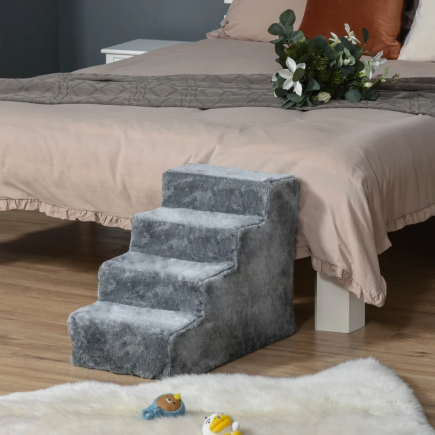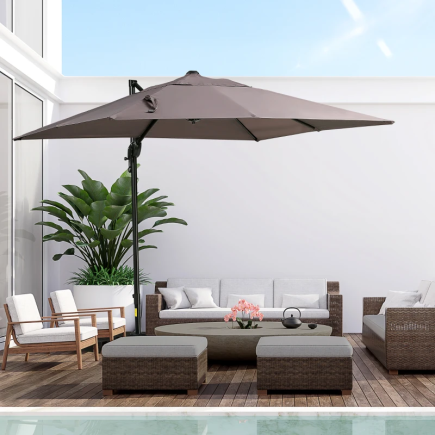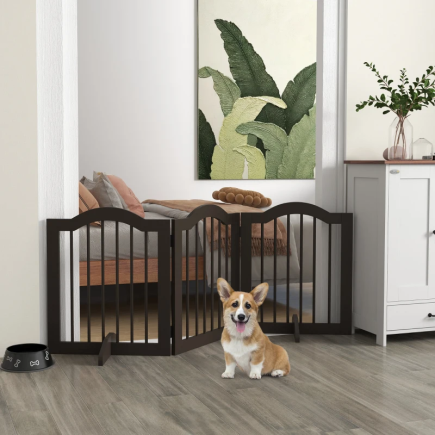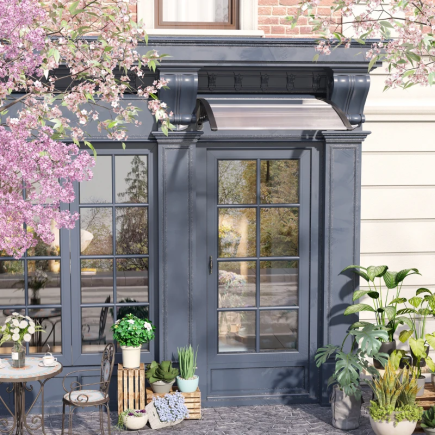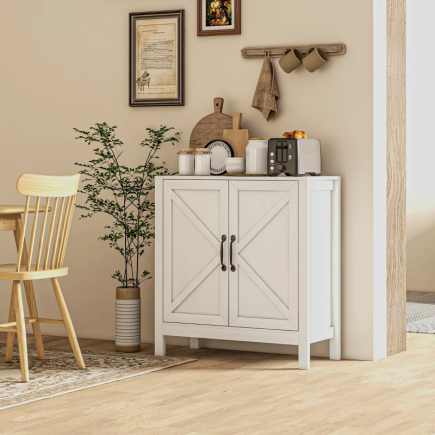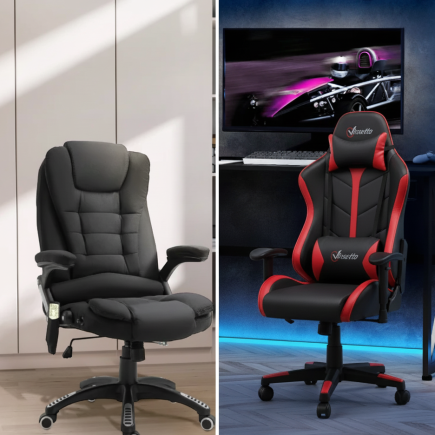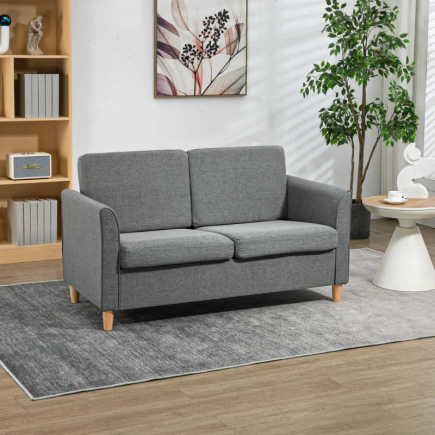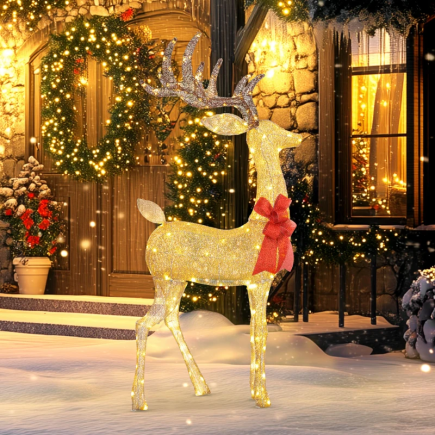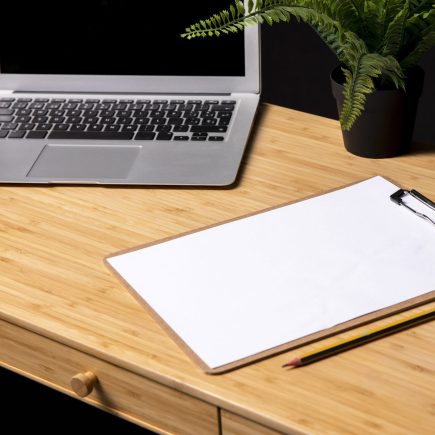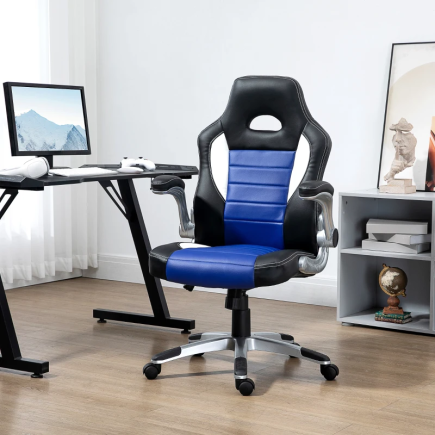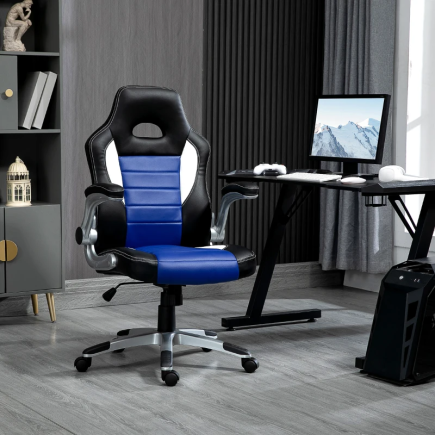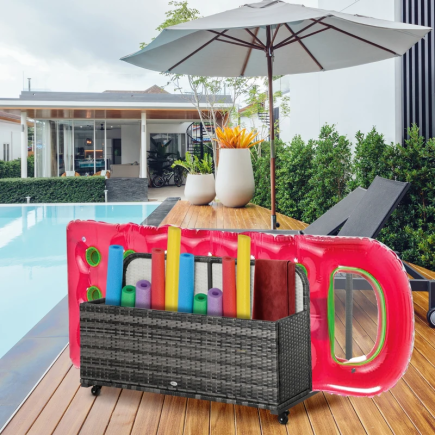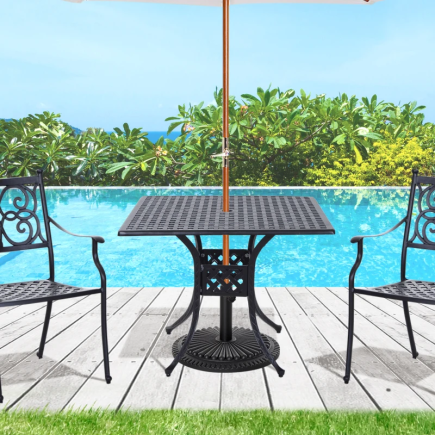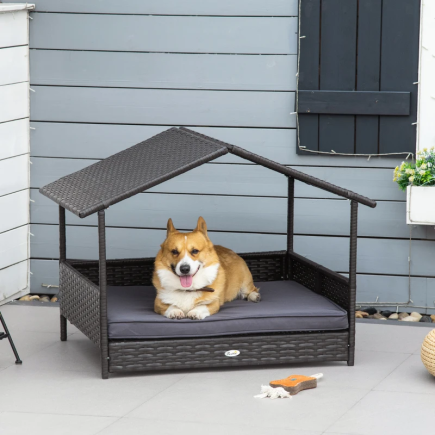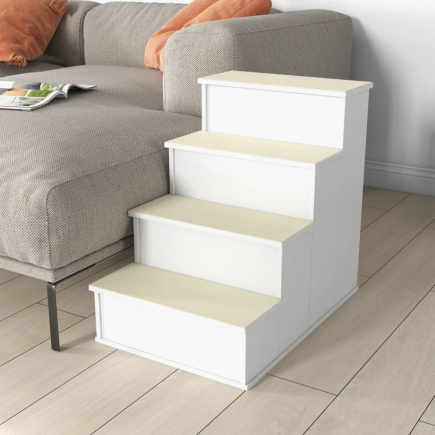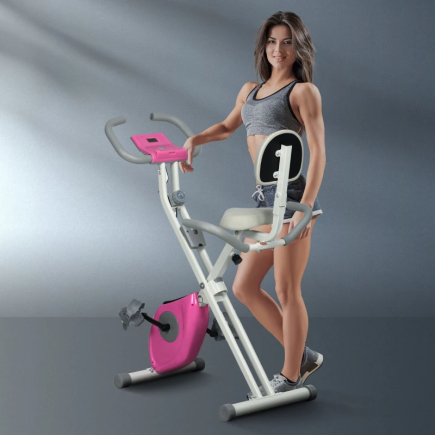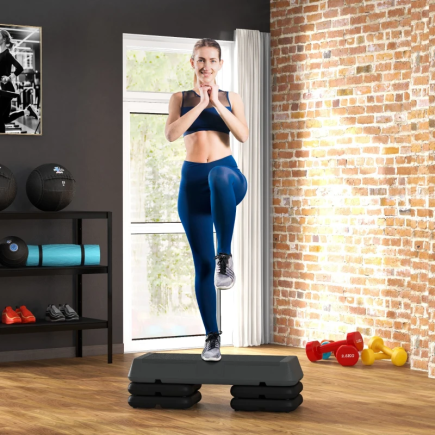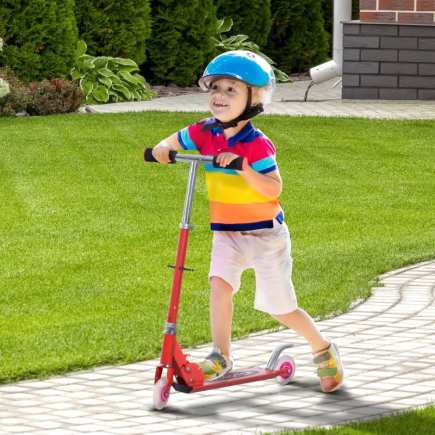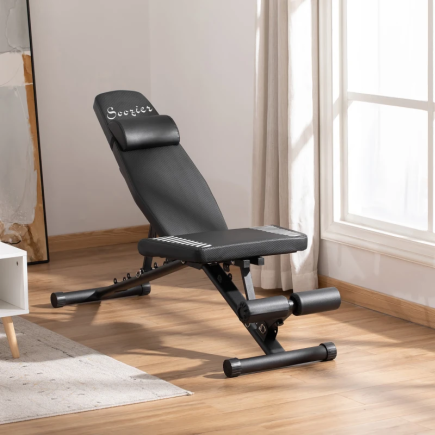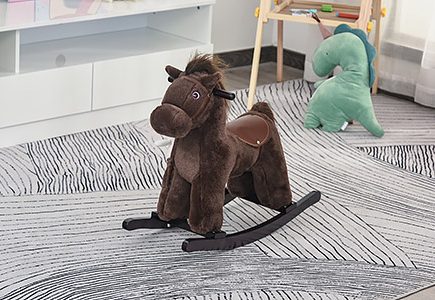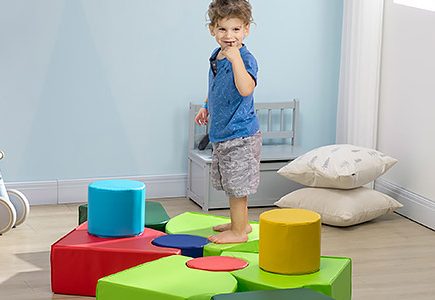
Setting up an above ground pool requires more than just filling a liner with water. From proper leveling to final water treatment, each phase impacts how long your pool lasts and how well it performs. This step-by-step installation guide is structured for hands-on pool owners and DIYers who want a stable, long-lasting setup without relying on guesswork or oversimplified instructions.
This guide is built for users making purchasing decisions and includes every technical, site, and equipment detail to help you install your above ground pool correctly the first time.
Step 1: Site Selection and Preparation

Assessing the Site
- Choose an open, sunny area with good natural drainage.
- Maintain at least six feet of clearance from slopes, fences, and any fixed structures.
- Avoid installing beneath overhanging trees or power lines this reduces maintenance and risk.
Site Preparation Checklist
- Obtain any necessary permits and check for underground utilities.
- Clear the area to bare earth; remove grass, roots, rocks, and debris.
- Use a laser or long spirit level for ground assessment precise leveling now prevents future issues.
- Plan access routes for electric and water supply.
Tip
Survey your space with string and spray paint before disturbing the ground. Map out the pool footprint and equipment areas for smooth workflow.
Step 2: Organize Tools, Materials, and Pool Kit
Essential Tools

- Tape measure, shovel, rake, spirit or laser level
- Hammer, rubber mallet, screwdrivers, wrenches, drill
- Utility knife/scissors, broom, wheelbarrow, duct tape
- Shop vac (useful for liner installation)
Materials List
- Fine sand for the base
- Patio blocks or pavers for under structural supports
- Gym mats or foam sheets (adds protection under liner)
- String and spray paint for marking
| Pool Diameter (feet) | Estimated Sand Needed (cubic yards) |
| 12–15 | 1–2 |
| 18–21 | 2–3 |
| 24 | 3–4 |
| 27–33 | 4–5 |
Pool Kit Components
Unpack and organize all pool components: wall sections, rails, uprights, fasteners, liner, skimmer, pump, filter, fittings. Check quantities having extra parts set aside can avoid project delays.
Step 3: Mark and Measure the Pool Layout

Laying Out the Perimeter
- Place a stake at the intended center point.
- For round pools, tie a string to half the total diameter and walk it around the stake, spraying the outline.
- For oval pools, mark both ends first; use the kit instructions for precise placement of broader support rails or buttresses.
Alignment Tips
- Double-check diameters and diagonals to ensure accuracy misalignments here can create headaches during wall assembly.
- Mark access paths for equipment, and keep an area set aside for sand storage and mixing.
Step 4: Removing Sod, Grass, and Topsoil

Clearing to Solid Ground
- Use a sod cutter or sharp spade for fast removal.
- Excavate at least 2-3 inches of topsoil to reach a compact, uniform base.
- Rake and inspect for remaining roots, sticks, stones, or sharp objects that could harm the liner.
Organization Tip
Pile removed sod and soil away from the work zone. Lay tarps under pool parts and tools to keep them clean throughout assembly.
Step 5: Create a Level, Stable Base

Leveling and Compacting
- Use a long, straight board with a spirit level to check across the whole site measure in sections for accuracy.
- Dig down high spots rather than building up low ones.
- Water the soil lightly to settle dust and assist compaction; tamp it firmly for a stable foundation.
- Ensure that the area for the bottom track is perfectly level.
Installing Support Blocks
- Sink patio blocks level with the surrounding soil under each leg or upright.
- For ovals, match block placement and support location to the manufacturer’s diagrams.
- Confirm all blocks are both level and stable before moving forward.
| Support Location | Tips for Success |
| Under each upright | All must be flush and properly spaced |
| Corners/buttresses | Follow specific diagrams |
Step 6: Construct the Base Track and Erect the Walls

Assembling the Bottom Track
- Lay bottom plates and rails per instructions track should form a perfect circle or precise oval with correct diagonals.
- Temporarily stake track to prevent movement.
Raising the Wall
- Unroll pool wall with extra help; position skimmer and return correctly.
- Connect wall ends secure the seam with supplied bolts/nuts.
- Cover all bolt heads inside the pool with duct tape to protect the liner.
- Stabilize the wall with stakes or weights as you progress.
Pro Tip
Wear work gloves and long sleeves to prevent scrapes and cuts.
Step 7: Add Sand and Form the Floor Cove

Spreading the Sand
- Pour sand inside the pool wall to a consistent depth of 2–3 inches.
- Build up a cove (sloped ridge) around the inner base edge, 6–8 inches high using sand or ready-made foam coving.
- Moisten the sand slightly to help it stay put, then smooth thoroughly with a rake.
Optional: Add Underlayment
- Lay foam mats or pads across the base for extra liner protection and to soften the pool floor.
- Recheck level after padding is spread.
Foot Traffic Advice
Work in socks or bare feet when spreading sand or underlay, to avoid damage and shifting.
Step 8: Installing the Pool Liner

Preparing the Liner
- Let the liner warm in the sun so it stretches more easily.
- Center the liner and arrange evenly. For overlap liners, let extra material hang equally; use coping strips to secure. For beaded or unibead, follow track or conversion requirements.
Smoothing and Fitting
- Gently pull the liner outward from the center; use a shop vac at the skimmer cutout (minding pressure) to suction wrinkles out.
- Check for even overlap or bead placement, and keep the surface as smooth as possible.
Dos and Don’ts
- Never use sharp objects in contact with the liner.
- Do not trim away excess unless specified by your pool model fold or tape it up.
Step 9: Assemble Top Bracing and Install Equipment
Top Frame Assembly
- Attach rails, covers, and plates in the recommended order.
- Start all fasteners by hand; finish with a screwdriver to avoid cross-threading.
- Use a level to assure all rim components are flush and even.
Fittings & Equipment
- Cut liner openings for skimmer and return fittings only after double-checking placement and fit.
- Assemble and connect the pump and filter as directed; ensure hoses are cut to length and free of kinks.
- Tighten hose clamps by hand and finish with a screwdriver securely, but avoid over tightening.
Step 10: Filling, Final Checks, and Start-Up
Slow and Steady Fill
- Begin adding water slowly, pause every few inches to adjust the liner and smooth out wrinkles.
- Fill to just below the skimmer before proceeding with full equipment activation.
Equipment and Leak Checks
- Inspect all connections for leaks. Re-tighten if necessary and re-seat gaskets.
- Ensure skimmer and return are properly aligned and functioning.
- Run the pump and filter per manufacturer’s instructions for circulation.
Test and Enjoy Safely!
With these systematic, practical steps, your above ground pool will be level, safe, and ready to enjoy for the long haul. Keep equipment in prime condition, stay on top of routines, and let the backyard fun begin!
If you’re looking for a hassle-free, pre-built option, you can choose an Outdoor Swimming Pool & Hot Tub that’s ready to go without the setup stress.
Take pride in a project well done, and remember: the only splash that should surprise you is the one made by your best dive!
FAQs
1. How do I ensure my above ground pool site is level?
make sure to use a long spirit or laser level to check the entire site. measure in sections, leveling high spots and compacting low areas. This ensures a stable base for your pool and helps avoid future issues.
2. What do I do if my pool liner has wrinkles?
If you notice wrinkles after installation, use a shop vac at the skimmer cutout to gently suction them out. Keep the liner smooth and evenly positioned to avoid damage and improper sealing.
3. How can I protect my pool liner during setup?
use foam mats or gym sheets underneath the liner for extra protection. avoid sharp objects when handling the liner, and ensure the ground is clean and free from rocks or debris before laying it down.
4. What’s the best way to add sand for the pool base?
pour sand evenly inside the pool and create a smooth, level surface. build a cove along the pool’s inner edge to help support the liner, ensuring it remains in place and maintains its shape.
5. How do I install pool equipment correctly?
double-check the alignment of the skimmer and return before cutting liner openings. Assemble the pump and filter following the manufacturer’s instructions, ensuring all hose connections are secure and leak-free.

